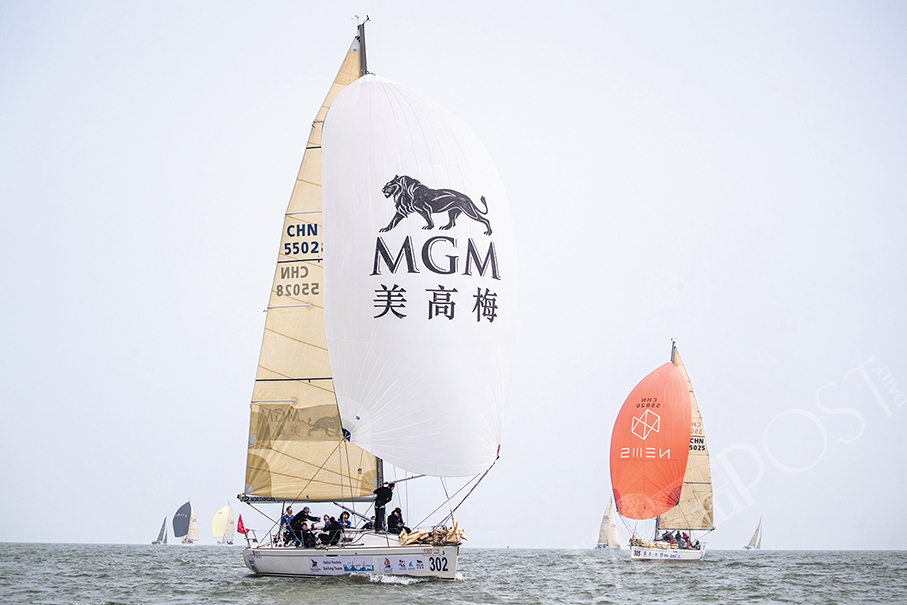Commentary
BEIJING – For anyone with a sense of humanity and some knowledge of history, it is sad to witness Russia and Ukraine, two independent countries boasting the same Slavic origin, drawn into a military conflict – but not for politicians in Washington.
As an ancient Chinese saying goes, for every injustice, there is a perpetrator; for every debt, there is a debtor. In the case of the Ukraine crisis, it is Washington who played the dual role as both the perpetrator who fomented the conflict, and the debtor who owed the victims justice and compensation.
Deliberately sowing discord between Russia and Ukraine and maliciously driving the two countries into a corner of confrontation, some Washington elites are popping the champagne for skillfully maneuvering the calamity despite shelling and gunfire are ravaging the land of Ukraine.
That is the reason as US politicians fly back and forth across the Atlantic to rally allies and reinforce hostilities against Russia, they reveal little interest in acknowledging the root cause of or brokering a political solution to the tragedy in Ukraine.
Containing Russia as a potential challenger to US hegemony has never fallen off Washington’s agenda. Ever since the collapse of the Soviet Union, the US has continuously pushed forward its military deployment eastward in disregard of Russia’s legitimate security concerns and deployed offensive strategic weapons in Eastern Europe, repeatedly treading on Russia’s red line.
As a bid to kill with a borrowed knife, the United States went to all lengths to fool the Ukrainians into acting as a “bridgehead” for suppressing its neighbor in exchange for the acceptance of the West, which eventually turned out to be an empty promise, while refusing to provide security guarantees, planting the seeds of military conflict in Ukraine.
Alas, has anyone ever imagined that the blind trust in Washington could cost the blood of tens of thousands?
Behind the Ukraine crisis lies Washington’s unspoken calculations on its own self-interests.
The first, of course, is to maintain its decaying global hegemony. During the Cold War, the United States bent over backward to exaggerate the security threat of the Soviet Union to Western Europe, only to stoke the fear of Western European countries and corral them within Washington’s orbit.
With the end of the Cold War, the United States is desperate to find a new imaginary enemy to stitch together its increasingly fractured alliance and justify the existence of the North Atlantic Treaty Organization (NATO), a relic of the Cold War, all serving as guardrails for US hegemony.
The conflict between Russia and Ukraine fits well into such an agenda.
The US military complex is also poised to rake in enormous profits from the conflict. “There’s not very much money to be made in diplomacy, usually,” Erik Sperling, executive director of the anti-war group Just Foreign Policy, told Xinhua.
Following the outbreak of the conflict, the White House unveiled a budget plan for the fiscal year 2023, calling for a boost in military spending. The plan totaling US$5.8 trillion includes US$813.3 billion for “national defense,” with US$773 billion allocated for the Defense Department.
Since the start of the year, US defense firms like Lockheed Martin and Raytheon Technologies have already seen their stock prices rocketing.
With soaring energy prices and turbulence in the financial markets, people worldwide have more or less borne the brunt of the Russia-Ukraine conflict, except for the Washington elites who are actually cashing in.
As most people mourn and grieve for the victims, the blood-shedding conflict stands as another testament to the fact that Washington is the world’s main fuse of wars and the biggest source of turbulence.
Only when the United States abandons its myth of hegemony and obsession with geopolitical competition, can the world see a glimmer of hope for lasting peace.
– Xinhua






